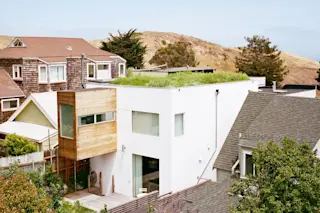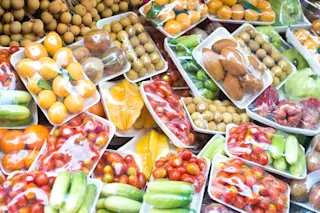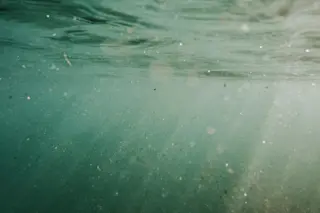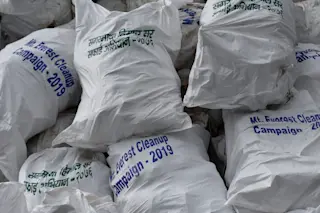A green roof on San Francisco's Bernal Hill. (Credit: Courtesy of Ike Edeani)
(This post originally appeared in the online science magazine Hawkmoth. Follow @HawkmothMag to discover more of their work.)
There are good reasons to think green when it comes to urban rooftops: planting gardens called “green roofs” atop skyscrapers benefits cities environmentally, economically, aesthetically, educationally, and psychologically. But what about thinking blue? Although newer and lesser known than green roofs, blue roofs are another nature-mimicking tool to improve our cities. More specifically, blue roofs help our urban watersheds by rethinking rainfall.
Blue roofs catch rain. They do this to temporarily collect the water before it reaches our sewer systems, so that it has time and space to either a) filter through an artificially constructed wetland (modeled after nature’s own water filter) or b) irrigate the surrounding landscape. In this way, blue roofs drastically reduce the amount of untreated ...














